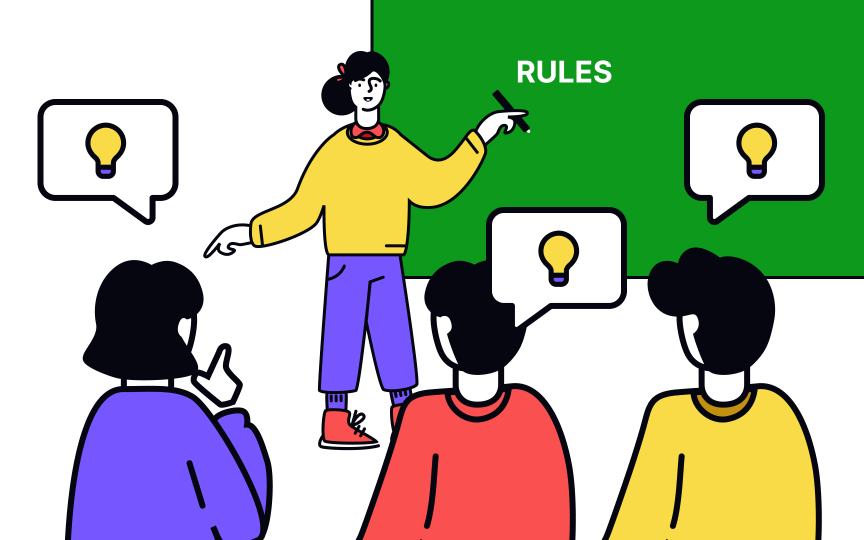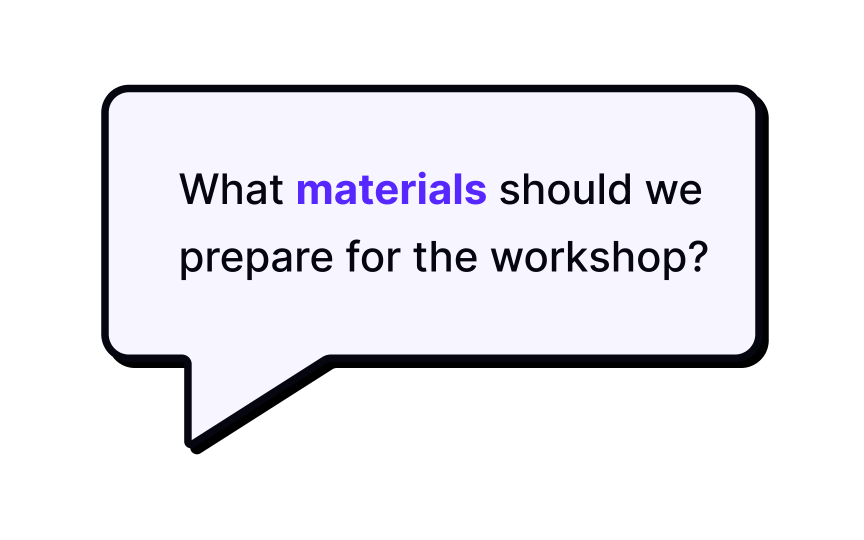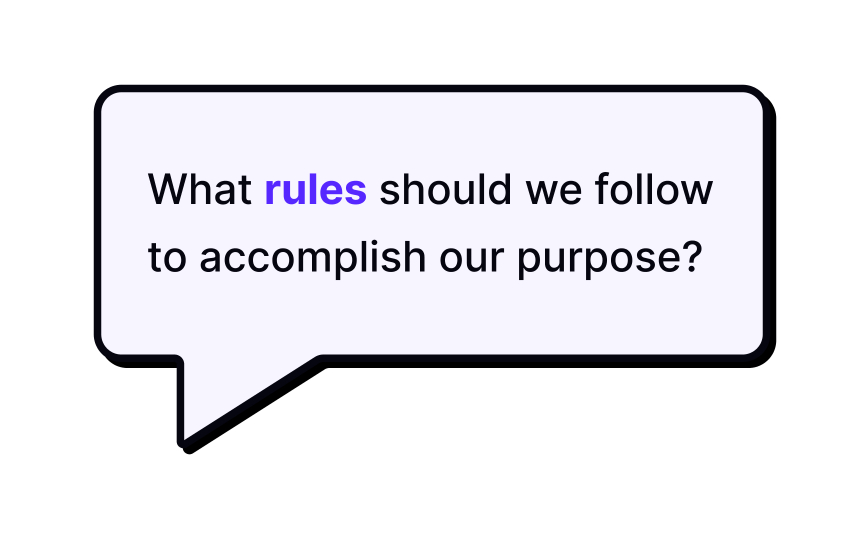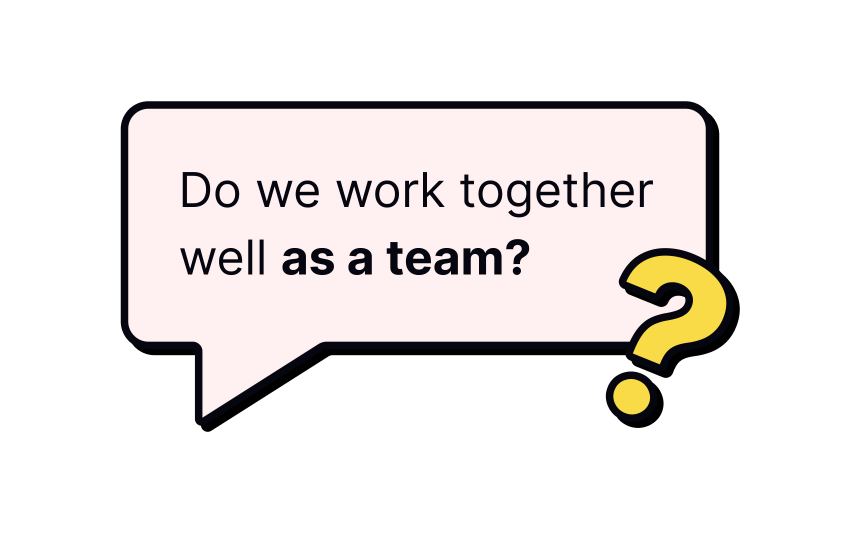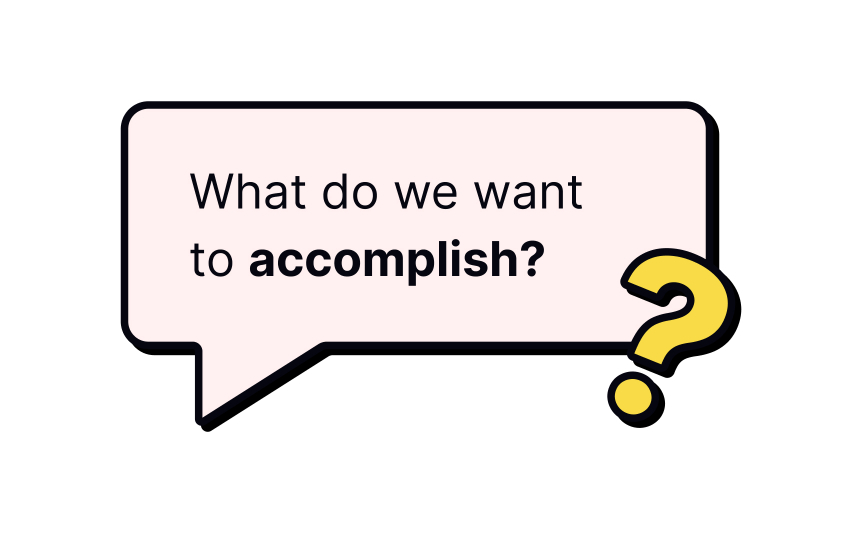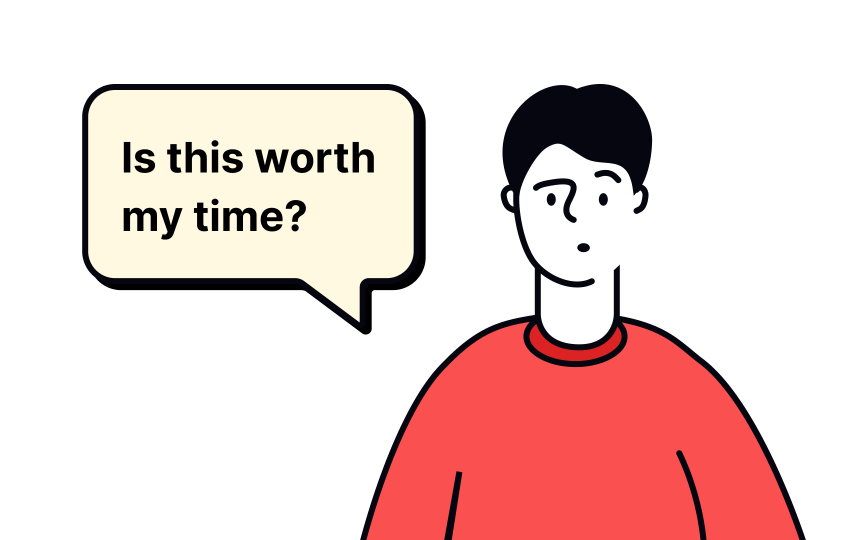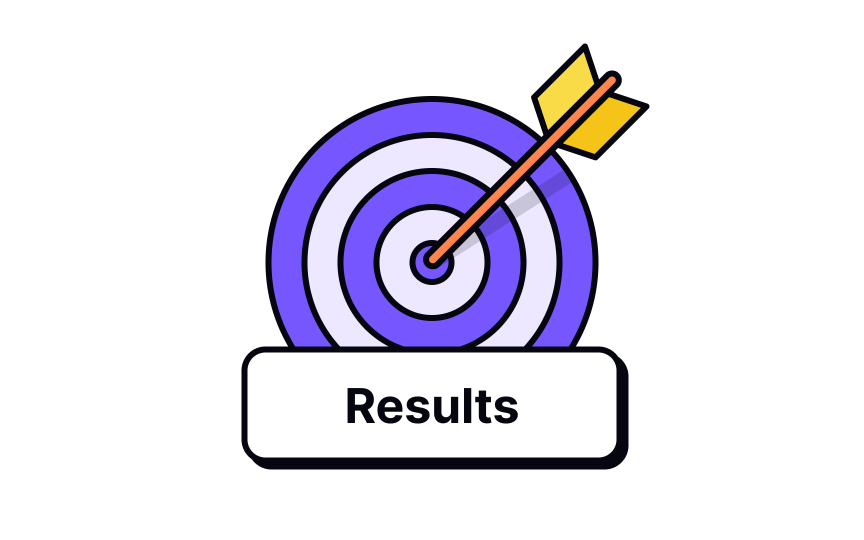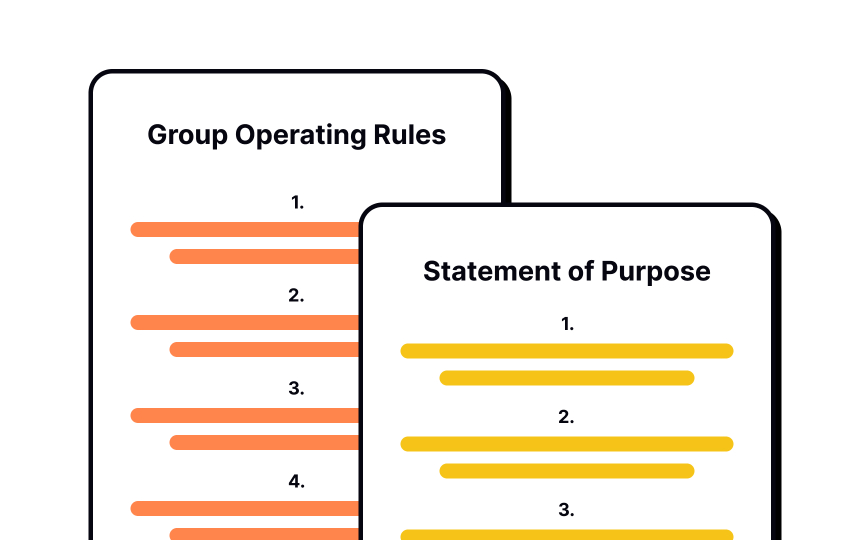Determining Group Culture and Purpose in Design Workshops
Understand how to define the goals and ground rules of your workshop to ensure a successful outcome
Workshops can achieve various outcomes. That's why defining your purpose, ground rules, and outcomes is crucial before getting started. The reasons for doing so are twofold. First, it gives you, the facilitator, the clarity on how to shape and direct the workshop. Second, it'll help the participants understand what they're there to do so that everyone can work toward a common goal.
Defining group culture and the workshop's purpose are crucial factors in its success. Even before the workshop starts, you need to mention the purpose when sending out workshop invitations to set people’s expectations.
The workshop's purpose explains why the workshop is being conducted and serves as a frame of reference. It's usually summarized in a short statement of purpose. It's a good idea to refine and collectively formulate it again at the beginning of the workshop to get participants' buy-in.
Group culture refers to the guidelines for how participants will interact and make decisions. These principles dictate decision-making rules and processes.
A workshop is a collaborative project. As a facilitator, you can't just drop your rules on people. For everyone to be invested in following the rules, they should be established collectively.
The workshop culture determines not just the participants' behavior but also the facilitator's. However, you can draft a few workshop principles and then ask participants to review, revise, and extend them.
To help you establish these guidelines, try to answer the question, "What rules should we follow to accomplish our purpose?"
Some examples of ground rules include:
The workshop's purpose outlines the reason and justification for the workshop. It explains why the workshop is being conducted and serves as a frame of reference.
Ideally, the purpose should be collectively spelled out at the beginning. This will ensure that the goal is understood and shared as well as motivating to all participants.
Once you formulate the statement of purpose, place it on display — for example, write it on a whiteboard so the group can easily refer to it at any point. As a facilitator, you can refer to it when the discussion gets off-topic.
Here are some questions you might want to discuss as a group to help you formulate the statement of purpose:
- Why do we need this workshop?
- What do we want to accomplish?
- Who has a stake or interest in the purpose?
Articulating a statement of purpose early on helps create participant buy-in. Buy-in refers to the motivation to actively support and participate in the workshop. To be internally motivated, participants need to understand what they are doing and why.
Let's imagine two workshop participants. One is attending because the event appeared in their schedule, and they couldn't refuse. The other understands what problem the workshop is aiming to solve and how doing so will benefit the product. In this situation, the second participant will be able to contribute much more meaningfully to the discussion.
As a workshop facilitator, you're responsible not only for what the participants do but also for how they feel. A well-defined yet straightforward statement of purpose will help you inspire the group and prepare them to take action.[2]
To understand if your workshop accomplishes its purpose, you must also define what work products you need to produce. What kind of deliverables will you create?
Deliverables can be:
- Tangible — Journey maps, sketches, prototypes, etc.
- Intangible — Decisions, retrospective feedback, action steps, etc.
Once deliverables are identified, determine what you need to create them and specify the acceptance criteria. Identify the format and style of how these deliverables will be presented. Understanding what kind of results you need to produce will help the group maintain its focus.
The workshop's purpose and the group's guiding rules should be well-defined and made visible to all participants. One way to do that is to write them on a whiteboard, a big post-it, or an easel pad.
Another option is to use pre-printed templates that participants can fill in as you define the workshop's purpose and expected outcomes. For example, Design Canvas provides the Six Ps framework for conducting workshops: purpose, participants, principles, products, place, and process.[3] You can use a similar template to help the group set the context for healthy collaboration.
References
Top contributors
Topics
From Course
Share
Similar lessons

Design Workshop Basics

Design Workshop Types

